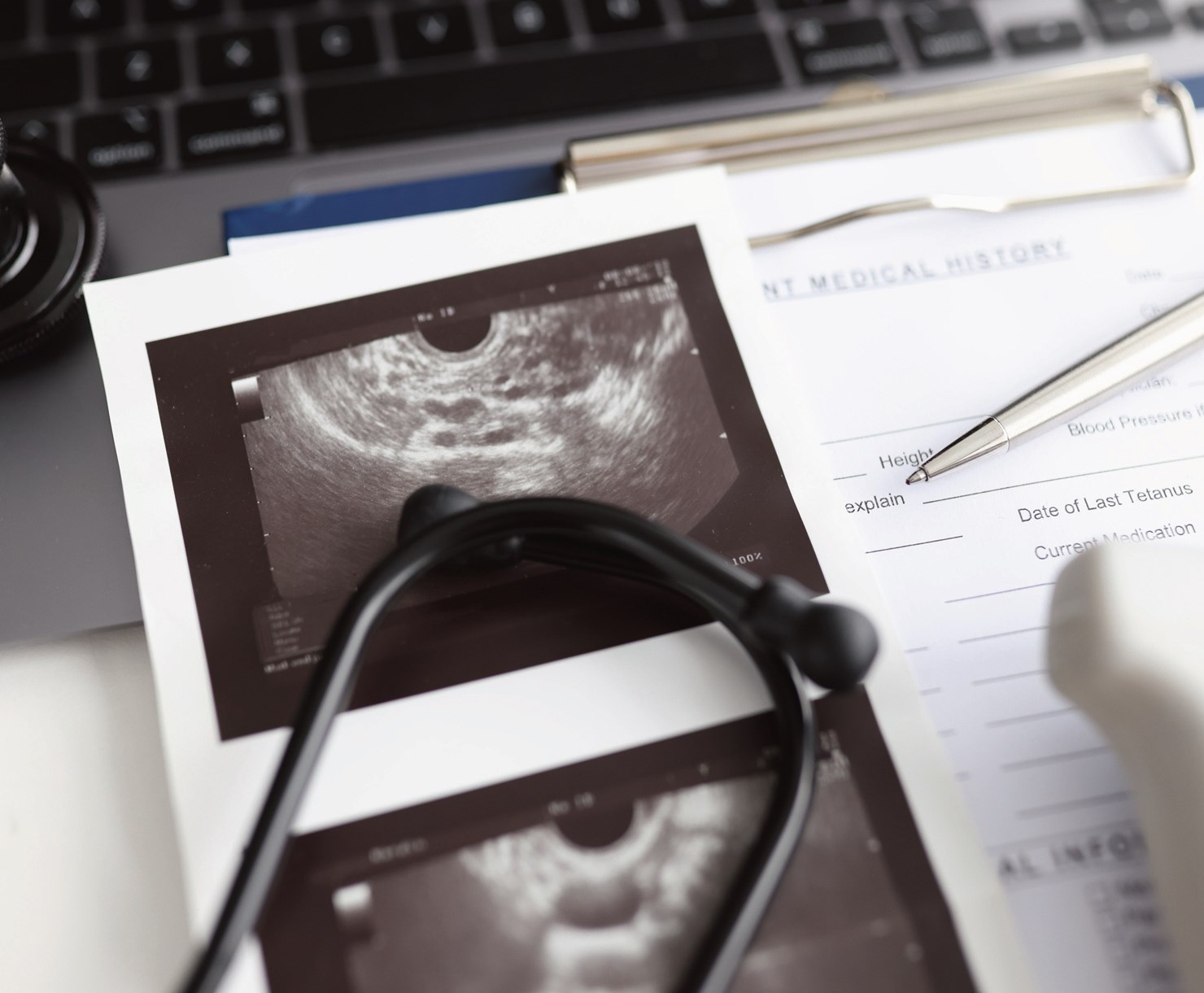Modern ultrasound device with sensor and ultrasound of uterus. STOCK PHOTO
The June 2022 U.S. Supreme Court ruling that ended a national right to abortion did not end the political and legal battles surrounding it.
Instead, it provided a jolt.
Voters, courts and lawmakers are all likely to have a lot to say about state-level abortion policy in 2024.
Here`s a list of state-level abortion restrictions currently being enforced.
Abortion banned in all stages of pregnancy, with exceptions:
Alabama
Arkansas
Idaho
Indiana
Kentucky
Louisiana
Mississippi
Missouri
North Dakota
Oklahoma
South Dakota
Tennessee
Texas
West Virginia
Abortion banned after cardiac activity can be detected, generally around six weeks:
Georgia
South Carolina
Abortion banned after 12 weeks:
Nebraska
North Carolina
Abortion banned after 15 weeks:
Arizona
Florida
Abortion banned after 18 weeks:
Utah
In every other state, abortion bans, if any, kick in at least 20 weeks into pregnancies.
States where enforcement of bans on abortion is on hold pending a court ruling:
Florida, a ban on abortion after six weeks would take effect if the ban after 15 weeks is approved by a court.
Iowa, once cardiac activity can be detected.
Montana, 20 weeks for abortion generally and 15 weeks for procedure most often used for abortions in the second trimester
Ohio, once cardiac activity can be detected. Voters also adopted a constitutional amendment that protects abortion access until viability.
Utah, throughout pregnancy Wyoming, throughout pregnancy
CONSIDER THESE QUESTIONS:
Are there challenges to abortion bans or restrictions from your state pending before courts?
Is there an effort by citizens or lawmakers to put an abortion policy question on the ballot in 2024 or beyond?
Are key legislators endorsing abortion-related legislation to tighten or loosen restrictions or modify exceptions?













No Comment